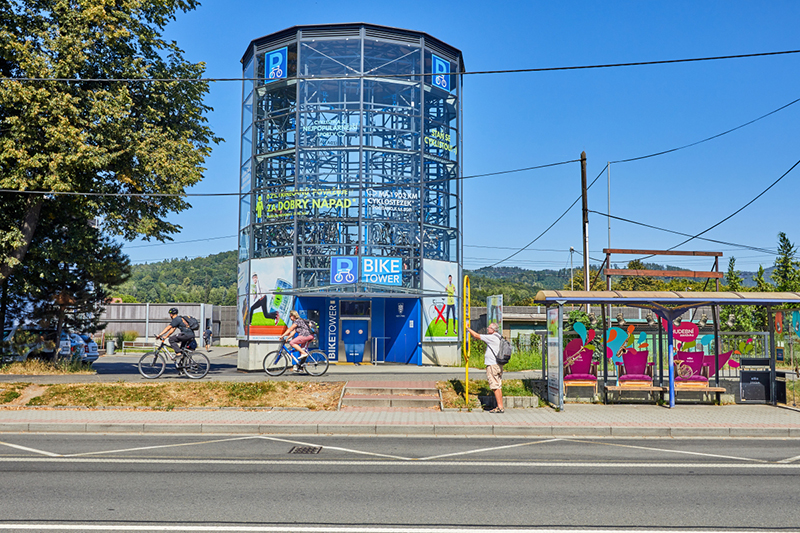Thanks to EU funding, "La Belle Liégeoise", a new footbridge that spans the Meuse River in the Belgian city of Liège, connects the city's rail and park districts and provides residents with a convenient and safe way to commute.
- 02 February 2018
The project has created an important link for the smooth mobility between two neighbourhoods: the area surrounding the railway station and the Vennes area, which is dedicated to housing and commerce. The footbridge creates the essential part of this link by joining the station district and Boverie park’s cultural and leisure offerings.
Running through the centre of the historic Belgian city of Liège, the River Meuse River essentially cuts the city in two due to a lack of bridges. As Liège grows and adds new businesses, transportation hubs and cultural attractions, another bridge was needed to link both sides of the river.
Thus, the project built a new pedestrian bridge for easy access between the city’s two developing centres. This is a convenient route for pedestrians, cyclists and people with disabilities linking the modern Gare des Guillemins railway station and Boverie Park, home to the city’s recently renovated museum.
Heavy foot traffic
The bridge measures 294 metres in length, including 163 metres overhanging the Meuse, and is 5.5 metres wide. Built at a temporary site down river near Monsin Island, the bridge was ferried by boat to its permanent home. Its 900 metres of guard rails ensure maximum safety for users, and its ramps make it accessible to those with reduced mobility. Building the bridge required a total of 745 tonnes of steel, 4500 tonnes of concrete, and enough paint to cover a total surface area of 3800 square metres.
The design uses a white, metal design reminiscent of the modern, Santiago Calatrava-designed train station that it connects. In a nod to the park located on its far side, the bridge’s covering is made of wood.
La Belle Liégeoise
Called ‘La Belle Liégeoise’, the footbridge was officially opened to the public on 2 May 2016. It serves as an essential link in the municipal and regional governments’ strategy for transforming the city’s Guillemins Quarter, which was traditionally cut off from the rest of the city. As the Guillemins Quarter grows as a residential zone, it is becoming increasingly important to provide residents with easy and safe access to the city’s main recreational, cultural and business districts. Now, thanks to La Belle Liégeoise, residents no longer have to go out of their way to walk across the busy traffic bridges. Instead, they can simply enjoy a picturesque walk or bike ride across the River Meuse.
The project is part of a larger effort aimed at developing the station district, as well as the development of the Meuse quays and the Esplanade des Guillemins which were recently renovated during another project.
Today, the bridge is used by several thousands of people.
Total investment and EU funding
Total investment for the project “La Belle Liégeoise (Development of the area around the TGV railway station and the construction of a foot-bridge)” is EUR 8 366 568 with the EU’s European Regional Development Fund contributing EUR 3 346 627 through the “Wallonia” Operational Programme for the 2007-2013 programming period.

